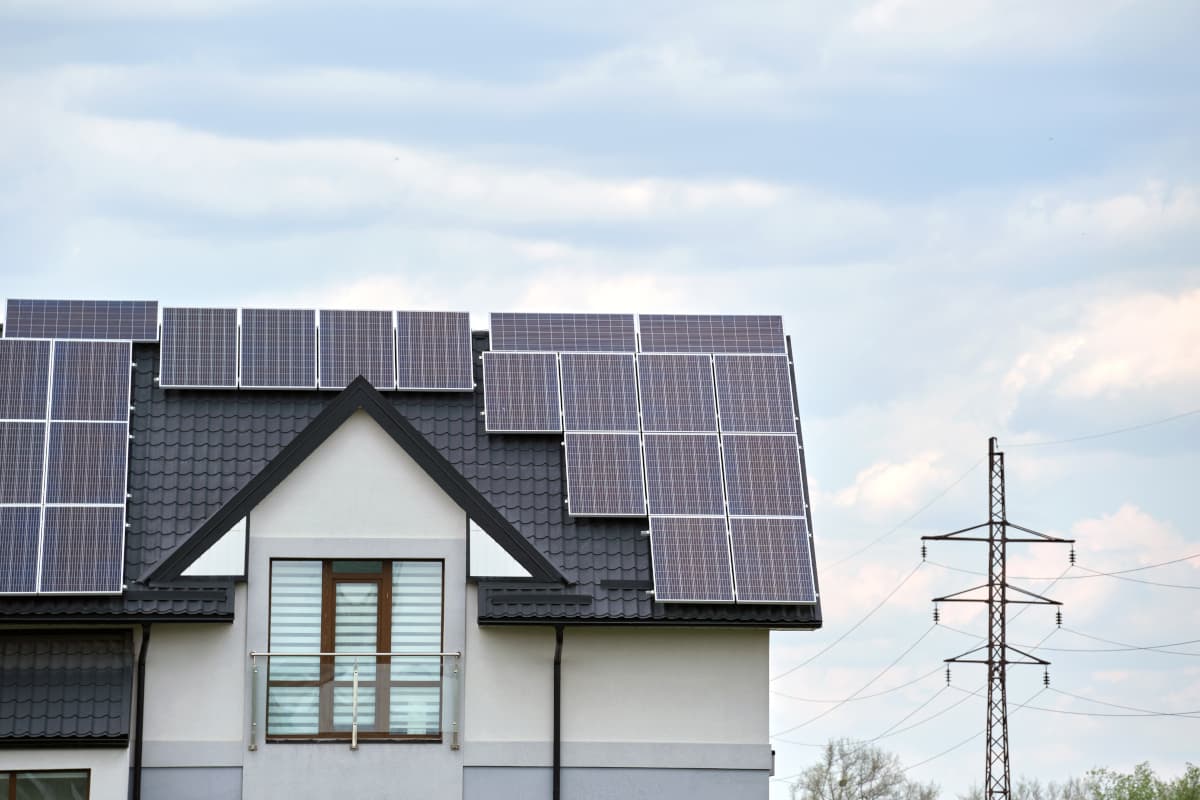Spark by Volue Continues to Create Value
Earlier this year, Spark by Volue’s first service was launched to the market. The announcement centred on the use of partner collaboration to deliver a data-driven smart-charging solution. During the launch, we saw significant interest from stakeholders and the media alike. Since then, this interest has only grown. Spark by Volue provides users with smart charging optimised for a week-long price forecast. As the partner ecosystem that underpins it is independent of power suppliers, it enables automakers, EV fleets, and charging operators to provide their customers with even greater value. We recently spoke to Kjetil Storset, Spark Lead, Volue. Kjetil gave us an update on Spark activity this year, before outlining what’s to come in 2024. Kjetil takes up the story below.
Publicerad
13 dec. 2023

New partnerships have fueled the growth of Spark
When we launched Spark to the market, we knew we had to work hard to deliver a partner ecosystem that worked for everyone. I’m proud to say that we’ve achieved that. Spark by Volue helps our partners remain competitive and profitable. This directly supports customers across the Nordics and Europe to save money on their EV charging.
Through our partnerships, which now total 19, we’ve driven real innovation in the market. By harnessing the insights of volatile energy prices and grid constraints, we will empower those in our network to choose the optimal moments to charge their EVs. This not only saves on energy costs but supports a changing electrified energy landscape.
In November, we took great pride announcing that Fjordkraft, one of our partners, was launching the next generation of smart electric car charging, based on a ‘long-term forecast’. The next step for this will be to provide consumers with reduced grid fees by grid-aware charging in areas where the local power grid is full. Several Distribution System Operators have already joined the Spark partner ecosystem to manage local grid constraints by introducing incentives for grid-aware charging of EVs, water heaters and batteries. I look forward to announcing more on this next year, as well as sharing further partner developments.
Harnessing solar
200 million new distributed energy resources (DER) will be connected to the local power grid in Europe by 2030. This includes rooftop solar, electric vehicles and energy storage such as residential batteries and water heaters. According to REPowerEU the share of wind and solar energy in power production capacities should double by 2030, from the current 33% to 67%.
By then, solar energy would also be the largest electricity source in the EU, with more than half coming from rooftops. The residential rooftop solar rollout has already gained considerable momentum. However, local grids are not designed for a high penetration of residential solar. Growing grid constraints will pose major challenges for the increasing capacity of solar installations in the coming years.
We are confident that the grid's challenges on this journey can be solved proactively. By leveraging distributed energy resources, we can facilitate a more intelligent use of the power grid. Day-to-day local harmonisation of power generation, consumption and storage is needed to help local grid operators reduce risk of curtailed rooftop solar and overload on the local grid. The Spark partner ecosystem will accelerate the energy transition on a neighbourhood level while maintaining a healthy and stable low-voltage grid.
Maximising the integration of rooftop solar power into the grid hinges on the successful alignment of consumption patterns with output. Key to this strategy will be optimising the use of EV charging through programmes like our own. This approach not only presents an opportunity but also holds the promise of reduced grid tariffs, particularly in regions grappling with grid congestion.
Our work alongside our partners is leading to substantial annual savings for EV owners, especially in areas with limited grid capacity. Looking ahead to spring 2024, we anticipate additional avenues for fostering solar power adoption.
Our forward-thinking approach will demonstrate a commitment to empowering all buildings within the grid, while offering incentives to those contributing. This will see compensation provided through local grid operators for EV charging or water heating powered by solar energy. I look forward to announcing more details on this next year, with the work directly promoting a sustainable and economically viable energy landscape.

Delivering a local solution
Our work has seen the development of an ecosystem of partnerships and services that integrate connected resources within a sustainable and scalable neighbourhood energy system.
Indeed, since launch, we have seen that there is a significant amount of flexible consumer demand within our portfolio partners. Looking to the future, there is no reason that this cannot be used as an asset to reduce the need for costly grid investments, supporting the speed of the green transition in the process.
Not only can we enhance grid stability, but we can save consumers money, while creating value for our partners. By working together, we will continue to facilitate the development of a balanced and resilient grid, ensuring it is fit for the demands of the future. I look forward to continuing our work with our partners for the years to come.